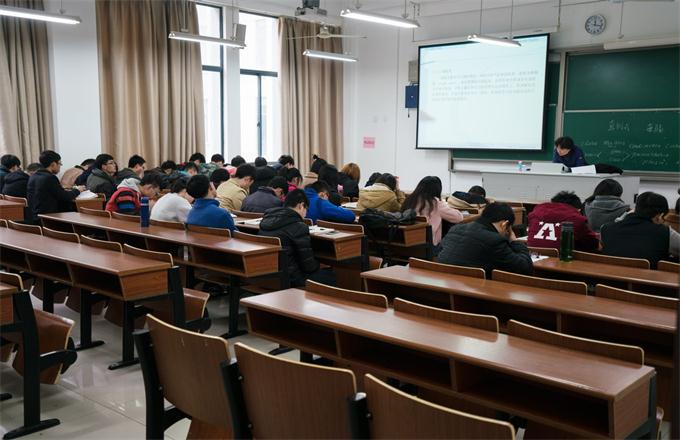Consumption versus investment
In contrast, consumption has become more self-sustaining in coastal provinces, in large part because investment there tends to increase income of households more than in inland provinces. If the existing trend continues, valuable resources are likely to be wasted at a time when China's ability to finance investment is facing constraints because of dwindling land, labor and government resources, and the economy is becoming increasingly reliant on liquidity expansion. This is undesirable because liquidity expansion could lead to financial instability and asset bubbles.
Thus, investment needs to be reduced gradually and redirected toward sectors with greater and more lasting beneficial spillovers to household income and domestic consumption. In this context, investment in agriculture and services should be preferred to that in manufacturing and real estate, with due attention being paid to the comparative advantages of different provinces. Also, closed sectors should be opened for competition, including from abroad.
While inland regions continue to have large investment needs, there are important issues related to absorptive capacity and the traditional model that worked well in the past in coastal provinces, large investments in manufacturing and export-oriented sectors, may not be optimal. Through such a reorientation, China can increase capital efficiency in a way that economic growth does not fall precipitously as aggregate investment is lowered to a more sustainable level.
But how does one achieve such a reorientation in investment? The complexity of China's economic system has certainly outgrown a model where the government directly allocating resources can be regarded as optimal. This leaves only one viable option, namely, to allow the market, particularly the financial sector, to play a greater role in allocating resources. This will require a fundamental rethinking of the current economic governance structure where the financial sector is subservient to the growth model.
At the core of financial sector reform should be the strengthening of institutions' capacity to properly assess risks and a market system that allows price flexibility to ensure that the market signals function properly. This, in turn, requires imposing hard budget constraints on banks and developing a regulatory framework that limits institutions from taking on excessive risks. Only then can the financial sector act as the promoter of efficient resource allocation.
Some experts argue that the stock of money or liquidity in China should be large reflecting the high savings rate and, hence, more liquidity expansion should help investment. However, China's high savings rate should not be the basis of determining the size of total liquidity. Rather, the productive capacity of the economy should determine the size of total liquidity, which, in turn, is a function of investment and productivity.
Liquidity could become excessive if investment is wasteful, or if investment efficiency falls, and would lead to asset price increases instead. The overall size of liquidity is an outcome of monetary policy, which needs to be monitored carefully against inflation, growth, investment efficiency and property price changes.
Finally, one should expect liberalization to lead to higher interest rates in large part to reflect the true risk premium which to date has been implicitly subsidized by the government. This will raise the cost of capital to a more realistic level, which, in turn, will reduce corporate profit and thus savings.
Rebalancing is thus likely to start with a reduction of corporate savings, gradually followed by private savings. The Chinese Dream is in the making, and despite the challenges, past successes argue well for the dream to come true.
The author is the senior resident representative of the IMF in China.



















